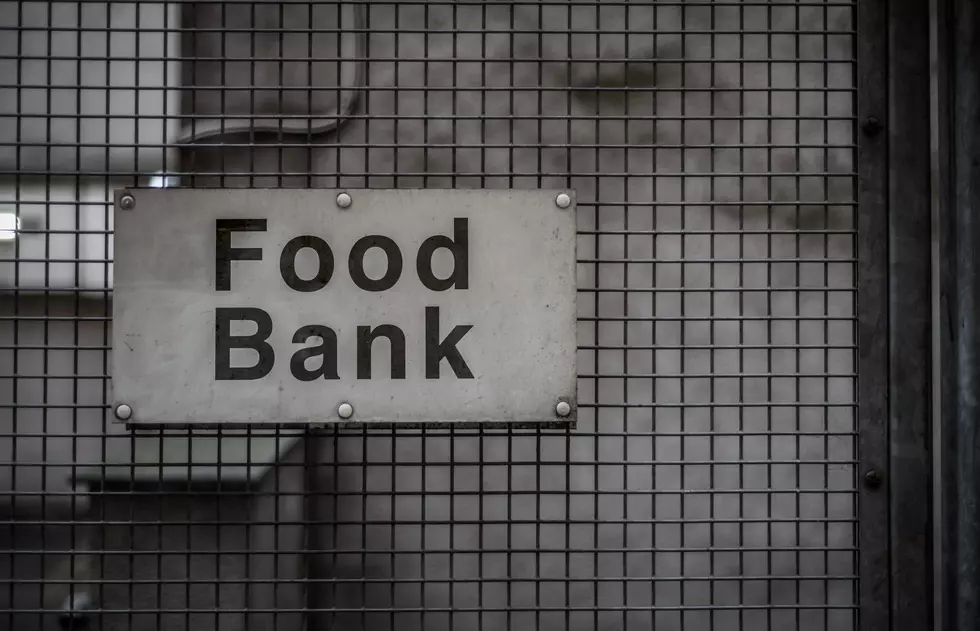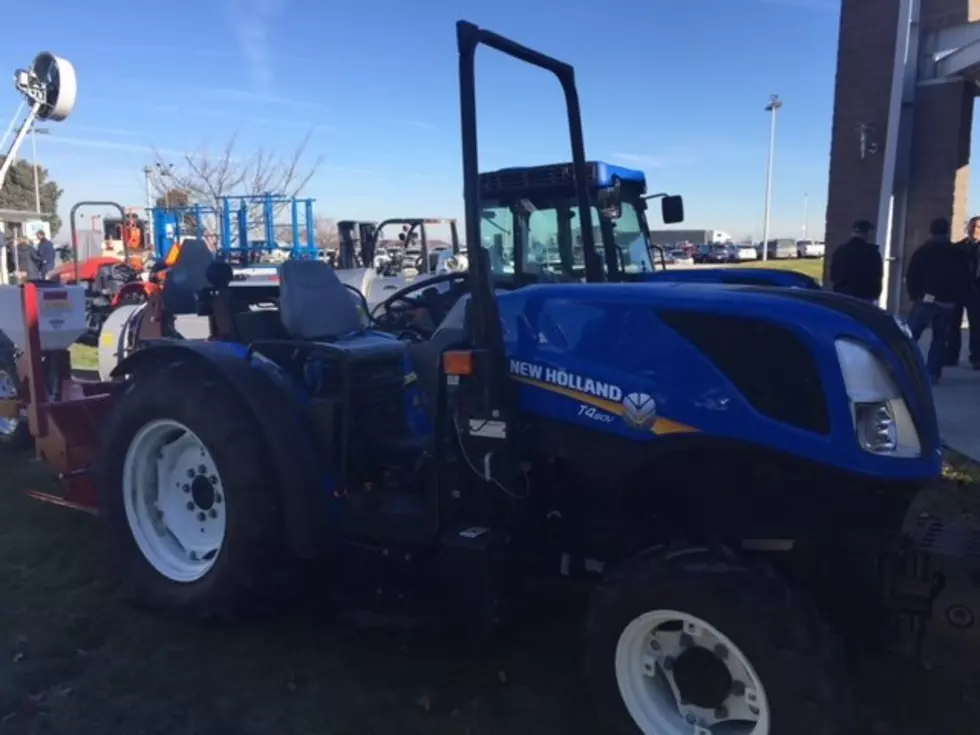
Farm Bureau: Broadband Service Must Be A Priority In The New Year
Broadband mapping accuracy will be a key priority for producers, rural communities, and their lawmakers in 2020, as the push continues to boost funding and deployment in underserved rural areas. The Federal Communications Commission is working to improve mapping data collection. Congress has included $550 million for USDA’s broadband “Reconnect Program,” and both Houses have passed bills to improve faulty data that hurts rural coverage.
“Farming has changed; we used to think that we just grew corn and soybeans; now we generate data, trillions of bits, all containing information that can make us more efficient, economical, and can reduce our environmental impact," said Blake Hurst when he recently testified before Congress on behalf of the American Farm Bureau. "On our farm, that data allows us to apply more fertilizer on our most productive land, cut fertilizer rates where yield-potential is less, vary seed populations in real, across the field and allows our equipment supplier to monitor our machinery, alerting us to potential problems.”
That data must then be shared with suppliers and used for crop insurance and other decisions.
“Transferring this data, which is successful to the future success of every farmer, requires access to fast and reliable and affordable broadband.”
That’s all the more reason for accurate coverage maps that determine deployment.
“While most Americans take broadband for granted, 26% of rural Americans lack access to broadband, compared to only about 2% of urban Americans.”
And even those numbers may be inaccurate, based on existing unreliable maps and data, leading Hurst to stress broadband and a legislative fix as the “highest priority” in 2020.
If you have a story idea for the Washington Ag Network, call (509) 547-1618, or e-mail gvaagen@cherrycreekradio.com
More From PNW Ag Network









